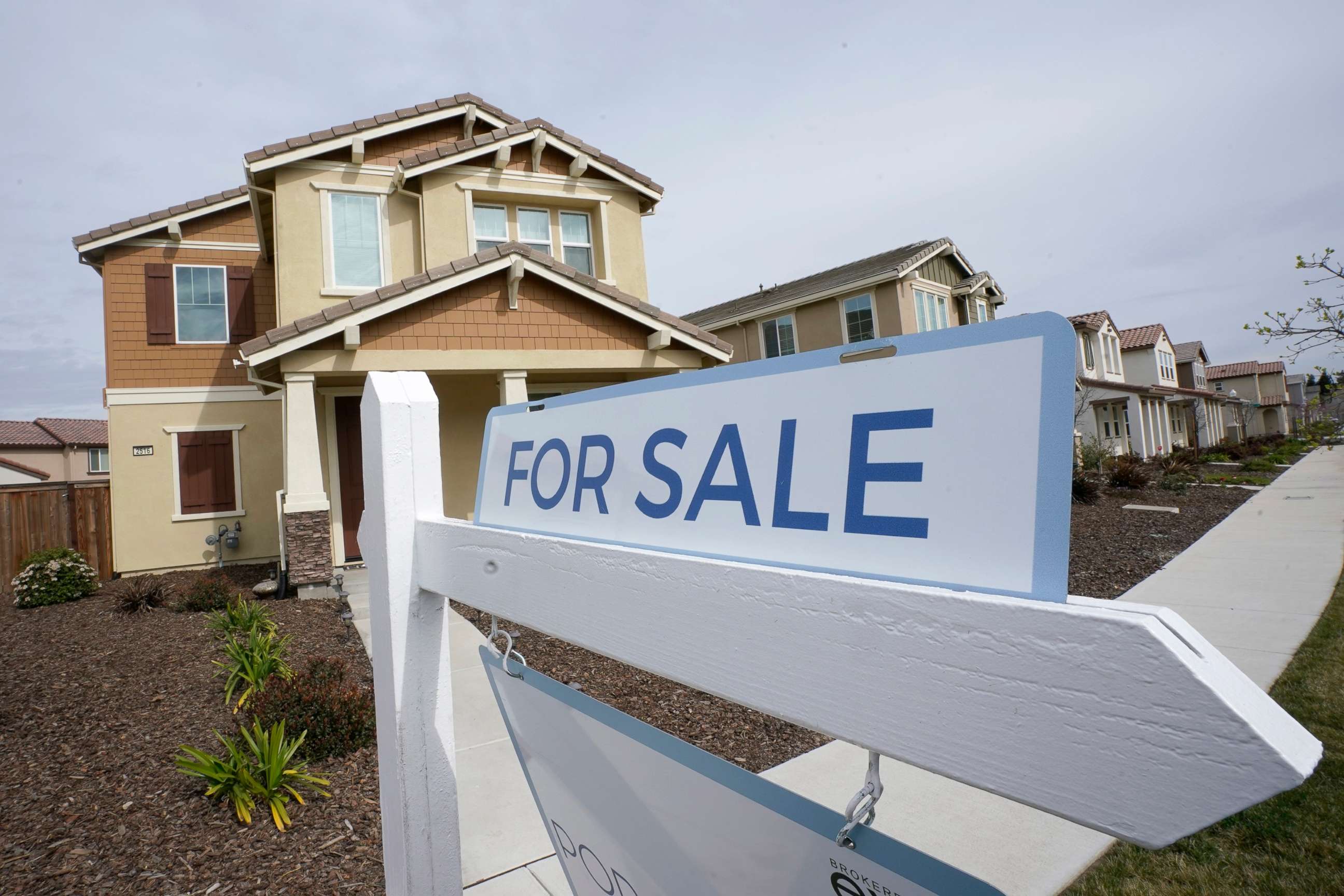Mortgage rates are at a 20-year high. Here's what that means for monthly payments.
Mortgage payments have risen dramatically within the past two months.
The spike in mortgage rates this week continues a monthslong trend that has dramatically escalated the cost of home loans – but the exact price hike may surprise some homebuyers.
The 30-year fixed-rate mortgage leapt to 7.08% on Thursday, reaching heights last seen more than 20 years ago, Freddie Mac data showed.
The spike in mortgage rates continues a sharp rise over the course of this year, as the Federal Reserve has aggressively raised borrowing costs in an effort to dial back inflation.
For homebuyers, each single percentage point increase in a mortgage rate can add thousands or tens of thousands in additional costs each year, depending on the price of the house, according to Rocket Mortgage.
"It's a really tough market," Derek Horstmeyer, a finance professor at George Mason University's School of Business, told ABC News. "If you're on the outside looking in, it's not pretty."
Roughly two months ago, the mortgage rate on a 30-year fixed mortgage stood at 5.5%, which amounts to a monthly payment of about $1,700 on a $300,000 mortgage. As of this week, the monthly payment on that mortgage has soared roughly $300 or 18%.
In turn, the current mortgage rate adds about $3,600 each year to the cost of a $300,000 mortgage, compared with the rate two months ago. Over the course of a 30-year mortgage, the disparity amounts to $108,000 in additional payments.

The bad news for prospective homebuyers becomes more pronounced when comparing a current mortgage with one received at the outset of this year.
At the start of 2022, the mortgage rate on a 30-year fixed mortgage stood at 3.22%, which carries a monthly payment of about $1,300 on a $300,000 mortgage. The gap between that payment and the current one adds about $700 per month or about $252,000 over the duration of a $300,000 mortgage.
An increase to the benchmark interest rate raises borrowing costs for consumers and businesses, which in theory should slash inflation by slowing the economy and eating away at demand. That means borrowers face higher costs for everything from car loans to credit card debt to mortgages.
Escalating its inflation fight, the Fed has raised the benchmark interest rate by 0.75% at each of its last three meetings. Prior to this year, the Fed last matched a hike of this magnitude in 1994.
In response, mortgage rates have soared, slowing the housing market. "Sales have plummeted," Horstmeyer said.
Potential homebuyers face a difficult predicament, Horstmeyer said, since mortgage rates will likely remain elevated for at least a year and a dearth of housing supply will take as many as 10 years to address.
Meanwhile, the Fed is expected to impose another jumbo-sized interest rate hike at a meeting next month, according to economists polled by Reuters.
Further rate hikes may bring down an array of consumer prices but they deliver greater challenges for homebuyers, Horstmeyer said.
"If you're looking to buy a house now, it's small consolation," he said.




